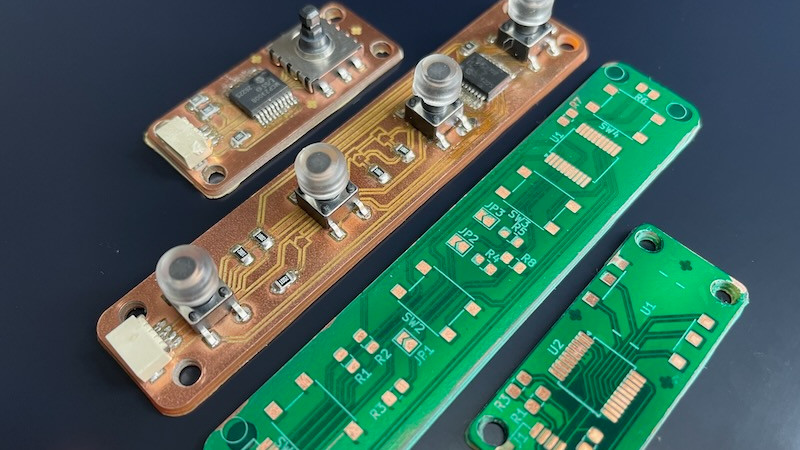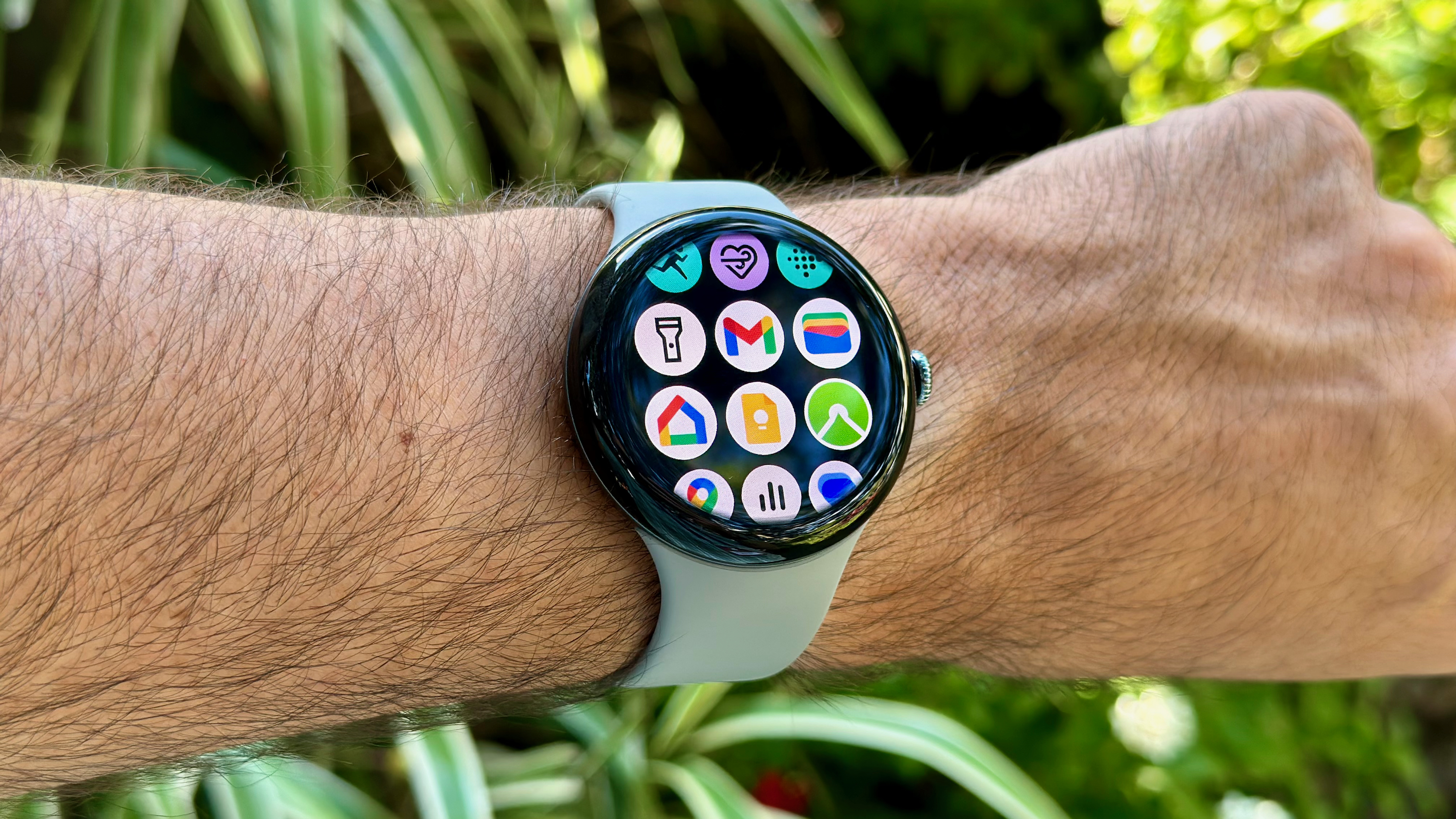How They Work: The Technology of an AI Companion
Competing with Conversation AI chatbots are prevalent, and they're having conversations with and being conversed with by people across the globe - from AI companions to android companions. These sophisticated programs are found more frequently in everyday situations where people are using them for professional and personal gain. But what's happening on the backend as people generate what appears to be a naturalized conversing engagement with their faux interlocutor? Here we delve into what's happening on the backend - technological, at least - to form such sophisticated beings, especially the more sophisticated, individualized ones formed for personalized encounters. AI chatbots, as we know them, are trained on what's called Large Language Models (LLMs). LLMs are vast neural networks trained over billions of textual examples across expansive datasets - from peer-reviewed or proprietary texts and articles to commercially available books to those found in the public domain and accessible online to private conversations held behind closed doors. Thus, during training, the model learns the range of possibilities, the contexts in which they're applicable, and the ideal resolutions based on human interchange. Therefore, when you prompt your question in an AI-based chatroom, you're not talking to a rudimentary being; instead, you're talking to something that has "read" more in its "life" existence than any human could have read in multiple lifetimes. Instead, it gets to know what answer it feels would be best trained for your prompted question - and the current conversation at hand, relative to other conversations occurring simultaneously. What's positioned at the top of the line artificial intelligence companions isn't just a language model; that's just the base. Also, there are overlaid personalizations to interface with various users. Especially in the boyfriend or girlfriend type AI, the AI must soften its persona and learn certain things about the user. Emotional intelligence: Awareness of user's emotional response & communicative feedback. Awareness of Conversational Context The greatest achievement of modern AI chatbots is the possession of awareness of conversational context. For example, in the past, chatbots would take every message & response literally. If you asked a question, it was a question - point blank. It was not automatically taken as a response to something you previously wrote as part of the continuing chat. But now, with the implementation of attention mechanisms within operating neural networks, chatbots achieve this awareness of context. The AI remembers parts of the conversation - presumably because of key trigger words - and either acknowledges them or responds to them in the next output. The "Spicy" Factor: NSFW Conversations and How More Sophisticated Models Support Them Should you seek a more NSFW seksuele experience with your AI paramour, more niche systems are available. However, "spicy" AI chat features are few and far between because what is spicy for one may violate someone else's integrity. Therefore, the most advanced chatbot systems which permit dating or adult purposes possess: Content Awareness - the distinction between suggestive participation and abusive conversation Consistent Character Development - the ability to remain in character without compromising response quality in accordance with content regulations Fluidity - the ease to adjust based upon user comfort levels Multimodal: Can understand and generate across multiple mediums for topics where otherwise limited training data is available. These aren't just text-based derivatives of some of the more common models. These are AIs trained, specifically modified to engage in otherwise unprompted conversations and creations in real time with a human-esque veneer - with exceptions. Capable of Multimodal Interactions: Beyond Text The highest level of AI companions can do more than text. The multimodal AIs can understand and create across multiple dimensions, including: Ability to listen and respond to audio Ability to generate images and understand them Ability to detect sentiment from text/audio input Storytelling and generating scenarios on the fly Features like this provide increasingly interactive opportunities, from voice chats with emotional replies to crafting bespoke imaging in the middle of conversation that's incorporated in the joint experience. 3 Steps to Train an AI Chatbot There are 3 steps to train an AI chatbot. Pre-training: The initial model is trained on large textual databases to learn language patterns. Fine-tuning: The model is trained on dialog data to form a customized conversational model. Reinforcement Learning from Human Feedback (RLHF): Humans evaluate some dialog results, and the model learns based on their reactions. Topic-Specific Training: Additional training on related topics. For romance or flirt chatbots, this is

Competing with Conversation
AI chatbots are prevalent, and they're having conversations with and being conversed with by people across the globe - from AI companions to android companions. These sophisticated programs are found more frequently in everyday situations where people are using them for professional and personal gain. But what's happening on the backend as people generate what appears to be a naturalized conversing engagement with their faux interlocutor? Here we delve into what's happening on the backend - technological, at least - to form such sophisticated beings, especially the more sophisticated, individualized ones formed for personalized encounters.
AI chatbots, as we know them, are trained on what's called Large Language Models (LLMs). LLMs are vast neural networks trained over billions of textual examples across expansive datasets - from peer-reviewed or proprietary texts and articles to commercially available books to those found in the public domain and accessible online to private conversations held behind closed doors. Thus, during training, the model learns the range of possibilities, the contexts in which they're applicable, and the ideal resolutions based on human interchange.
Therefore, when you prompt your question in an AI-based chatroom, you're not talking to a rudimentary being; instead, you're talking to something that has "read" more in its "life" existence than any human could have read in multiple lifetimes. Instead, it gets to know what answer it feels would be best trained for your prompted question - and the current conversation at hand, relative to other conversations occurring simultaneously.
What's positioned at the top of the line artificial intelligence companions isn't just a language model; that's just the base. Also, there are overlaid personalizations to interface with various users. Especially in the boyfriend or girlfriend type AI, the AI must soften its persona and learn certain things about the user.
- Emotional intelligence: Awareness of user's emotional response & communicative feedback.
Awareness of Conversational Context
The greatest achievement of modern AI chatbots is the possession of awareness of conversational context. For example, in the past, chatbots would take every message & response literally. If you asked a question, it was a question - point blank. It was not automatically taken as a response to something you previously wrote as part of the continuing chat.
But now, with the implementation of attention mechanisms within operating neural networks, chatbots achieve this awareness of context. The AI remembers parts of the conversation - presumably because of key trigger words - and either acknowledges them or responds to them in the next output.
The "Spicy" Factor: NSFW Conversations and How More Sophisticated Models Support Them
Should you seek a more NSFW seksuele experience with your AI paramour, more niche systems are available. However, "spicy" AI chat features are few and far between because what is spicy for one may violate someone else's integrity.
Therefore, the most advanced chatbot systems which permit dating or adult purposes possess:
- Content Awareness - the distinction between suggestive participation and abusive conversation
- Consistent Character Development - the ability to remain in character without compromising response quality in accordance with content regulations
- Fluidity - the ease to adjust based upon user comfort levels
- Multimodal: Can understand and generate across multiple mediums for topics where otherwise limited training data is available.
These aren't just text-based derivatives of some of the more common models. These are AIs trained, specifically modified to engage in otherwise unprompted conversations and creations in real time with a human-esque veneer - with exceptions.
Capable of Multimodal Interactions: Beyond Text
The highest level of AI companions can do more than text. The multimodal AIs can understand and create across multiple dimensions, including:
- Ability to listen and respond to audio
- Ability to generate images and understand them
- Ability to detect sentiment from text/audio input
- Storytelling and generating scenarios on the fly
Features like this provide increasingly interactive opportunities, from voice chats with emotional replies to crafting bespoke imaging in the middle of conversation that's incorporated in the joint experience.
3 Steps to Train an AI Chatbot
There are 3 steps to train an AI chatbot.
- Pre-training: The initial model is trained on large textual databases to learn language patterns.
- Fine-tuning: The model is trained on dialog data to form a customized conversational model.
- Reinforcement Learning from Human Feedback (RLHF): Humans evaluate some dialog results, and the model learns based on their reactions.
- Topic-Specific Training: Additional training on related topics. For romance or flirt chatbots, this is a training period that needs to be moderated. Developers have to allow for an area where the AI can flirt successfully, yet at the same time, inappropriate responses or comments should not result, as to alienate the user.
Real-time Computation: When you send a message to an AI, it replies
When you message an AI chatbot, within milliseconds, the following occurs:
- Your message is tokenized (broken into words or pieces of words)
- That token gets turned into a number
- That number is run through the AI's neural network.
- This is in a text box based upon the last interaction.
- It computes what the probabilities of responses are.
- It selects the most probable and re-deciphers it back into human language.
- Other algorithms check to make sure it's safe and appropriate.
- And it spits it back out to you.
It's all done in nanoseconds so you don't realize you're having a dialogue - so human-like - rather than a long, computational exchange.
The Companions of AI in the Future: What to expect
What to expect from such companions as AI expands:
- Improved integration with other digital services
- Improved personalization and learning personas
- Improved out-of-the-box conversational abilities
These improvements will only enhance the seamlessness of human-AI interaction, and these digital companions can evolve into much more complex relationships.
Ethical Issues
But where the technological side of companionship is fascinating, the ethical side is staggering. Developers must consistently be mindful of:
Creating AI companions teeters on the brink of feasible success and moral responsibility to guarantee these interactions enhance existence without crossing fundamental boundaries.
Final Thoughts
Where it may appear simplistic to engage with an AI companion from the front, a host of technological marvels is happening in the background. From neural networks to proprietary systems for customization, AI companions are truly one of the most fantastic technological treasures granted to humanity.
Office understaffed? Need a ghostwriter for that novel you've always wanted to write? Seeking a virtual companion with whom you can flirt? Today's AI chatbots utilize cutting-edge advancements to offer realistic and increasingly successful interactions with you. As technology advances, these virtual companions will be able to do even more for - and with - you.









































































































































































![[The AI Show Episode 142]: ChatGPT’s New Image Generator, Studio Ghibli Craze and Backlash, Gemini 2.5, OpenAI Academy, 4o Updates, Vibe Marketing & xAI Acquires X](https://www.marketingaiinstitute.com/hubfs/ep%20142%20cover.png)































































































































![From drop-out to software architect with Jason Lengstorf [Podcast #167]](https://cdn.hashnode.com/res/hashnode/image/upload/v1743796461357/f3d19cd7-e6f5-4d7c-8bfc-eb974bc8da68.png?#)



























































































![Switch 2 Pre-Order Rules Are Some BS: Here's How They Work [Update]](https://i.kinja-img.com/image/upload/c_fill,h_675,pg_1,q_80,w_1200/485ec87fd3cea832387b2699e4cbd2a1.jpg)












.png?#)


.jpeg?#)
(1).jpg?width=1920&height=1920&fit=bounds&quality=80&format=jpg&auto=webp#)




-Mario-Kart-World-Hands-On-Preview-Is-It-Good-00-08-36.jpg?width=1920&height=1920&fit=bounds&quality=80&format=jpg&auto=webp#)























_NicoElNino_Alamy.png?#)
_Igor_Mojzes_Alamy.jpg?#)

.webp?#)
.webp?#)












































































































![Apple Considers Delaying Smart Home Hub Until 2026 [Gurman]](https://www.iclarified.com/images/news/96946/96946/96946-640.jpg)
![iPhone 17 Pro Won't Feature Two-Toned Back [Gurman]](https://www.iclarified.com/images/news/96944/96944/96944-640.jpg)
![Tariffs Threaten Apple's $999 iPhone Price Point in the U.S. [Gurman]](https://www.iclarified.com/images/news/96943/96943/96943-640.jpg)
































































































































